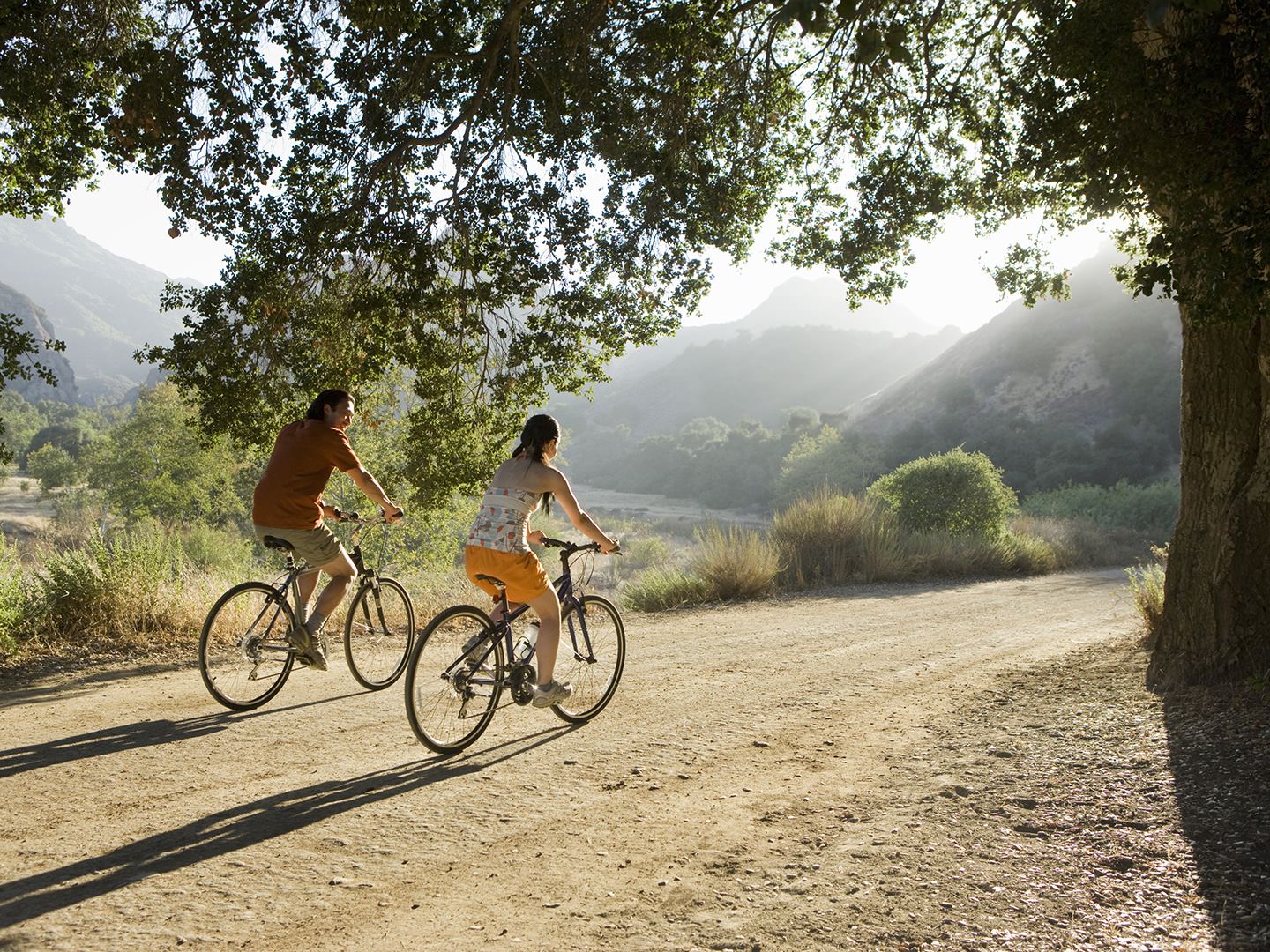I am working on a project where two my images must be AS SMALL AS POSSIBLE. I have scaled two images to the same dimensions/dpi and I've checked the color profile in Photoshop CS6 and they both look the same. They were both saved out at the same JPEG compression.
Can someone please explain to me how these two images ended up being such drastically different sizes? The dog one is 97 KB and the bunny one is 576 KB.


So after following the suggestion I changed the embedded color profiles of both of the above images and they are now nearly the same file size. However, I have two more that do have the same embedded color profile and again, these are drastically different sizes. Can you explain why?



